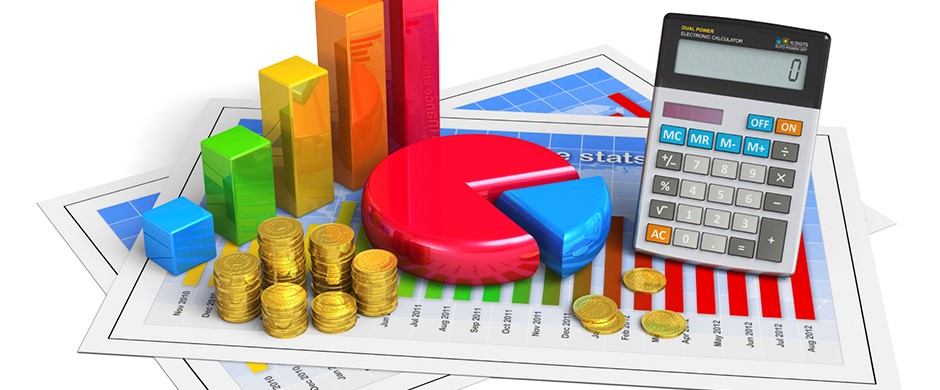Financial modeling is a tool having built-in excels and it forecast the financial performance of the business in the future. This forecast is based commonly on the historical performance of the company, future assumption and you have to prepare the balance sheet, income statement, cash flow statement as well as supporting schedules. From the financial model you can build another type of model like DCF or discounted cash flow analysis, LBO or leveraged buyout, sensitivity analysis and M & A or merger acquisition model.
What is the use of the financial model?

The results of the financial model are utilized to make the decision and to perform the financial analysis inside and outside the company. Inside the company, the financial model is used by executives to decide about-
- Making acquisitions (assets/ businesses)
- Raising capital (equity/ debt)
- Organically growing the business (i.e. by entering new markets, opening new stores, etc)
- Selling assets as well as business units
- Forecasting and budgeting
- Valuing the business
- Capital allocation
Who develops financial models?
There are diverse types of professionals which develop financial models. Common career track for it is- equity research, investment banking, FP&A, corporate development, and accounting.
How to learn financial modeling?

One of the best methods to learn financial modeling is doing the practice. It takes years to become professional at developing the financial model so you need to practice. If you wish to practice it then take the historical financials of the mature company, develop a flat line model in the future, as well as calculate the net current value per share. This must compare nearly to the present share value. It is also necessary to set up a solid base by taking an expert financial modeling training course.
Best practices for becoming financial modeling expert
Excel tricks and tips– it is necessary to follow the good practices in excel whenever making a model. The key themes which are outlined in the free excel are:
- Eliminate or limit the use of mouse
- Make use of the blue font for inputs and hard codes
- Keep the formulas simple as well as break down difficult calculations into steps
- Make sure you know to use important excel function and formulas
- Use match and index instead of VLOOKUP for data query
- Make use of ‘choose’ function to make scenarios
Formatting

It is necessary to clearly understand the difference between inputs in the financial model as well as output. This can be achieved by formatting conventions like making input blue as well as formulas black. You can even use other conventions such as using borders or shading cells.
Model layout as well as design
It is important to structure the financial model in an easy to follow and logical design. This means developing the whole model on the same worksheet as well as grouping to make different section. In this manner, it will be easy to expand and contract the model as well as there will be ease in moving around.
Types of financial modeling
Three statement mode
It is the most common financial modeling type. In this model, three statements (cash flow, balance sheet, and income statement) is dynamically linked along with the formulas in excel. The aim is to establish it thus, each account will connect and the set of assumption will bring changes in the complete model. It is necessary to know the ways to link three financial statements which need a solid foundation of finance, accounting, and excel skills.
Discounted cash flow model
This model is developed on 3 statement model and it values the company on the basis of net present value or NPV of future cash flow of the business. From 3 statement model, it takes in cash flow and makes adjustments wherever it seems necessary as well as then make use of the XNPV function in the excel for discounting them back to present at WACC of a company. This type of model is used in equity research.
M&A or merger model

This is an advanced financial model which is utilized to evaluate the proform dilution/ accretion of merger and the acquisition. Single tab model is commonly used for all company, where company a + company b= merged Co. Complexity level can differ widely and so this model is utilized in corporate development and investment banking.
IPO model or initial public offering
Corporate development professionals, as well as investment bankers, also make IPO models in excel for valuing their company in advance of becoming public. These models included keeping an eye at comparable company analysis in combination with an assumption about the amount investors will be willing to pay to the company.
LBO or leveraged buyout model
LBO transaction commonly needs modeling complex debt schedules and it is a type of advanced financial modeling. This model is the most details as well as the most challenging type of the financial model as there are many layers of financing makes the circular reference as well as need the cash flow waterfalls.
Budget model
This model is used by experts in FP&A to make the budget for the coming year. These budget models are made based on quarterly or monthly figures as well as focus on the income statement.
Forecasting model
This is also a financial planning and analysis model build to forecast which compares the model of the budget of the company. Sometime forecast and budget models are combined in the one workbook and sometimes they are kept separate.
Consolidation model
It is a type of financial modeling in which more business units are added to make a single mode. All business units are their own tab along with consolidation tab that sums up the various business units simply. This is quite similar to the addition of parts of exercise where division (A+B) = new consolidated worksheet is made.
So, this was our full guide for financial modeling. We told you how to make the financial model and type of financial modeling. Now, you can make the financial modeling for your own company and get the benefits out of it.

